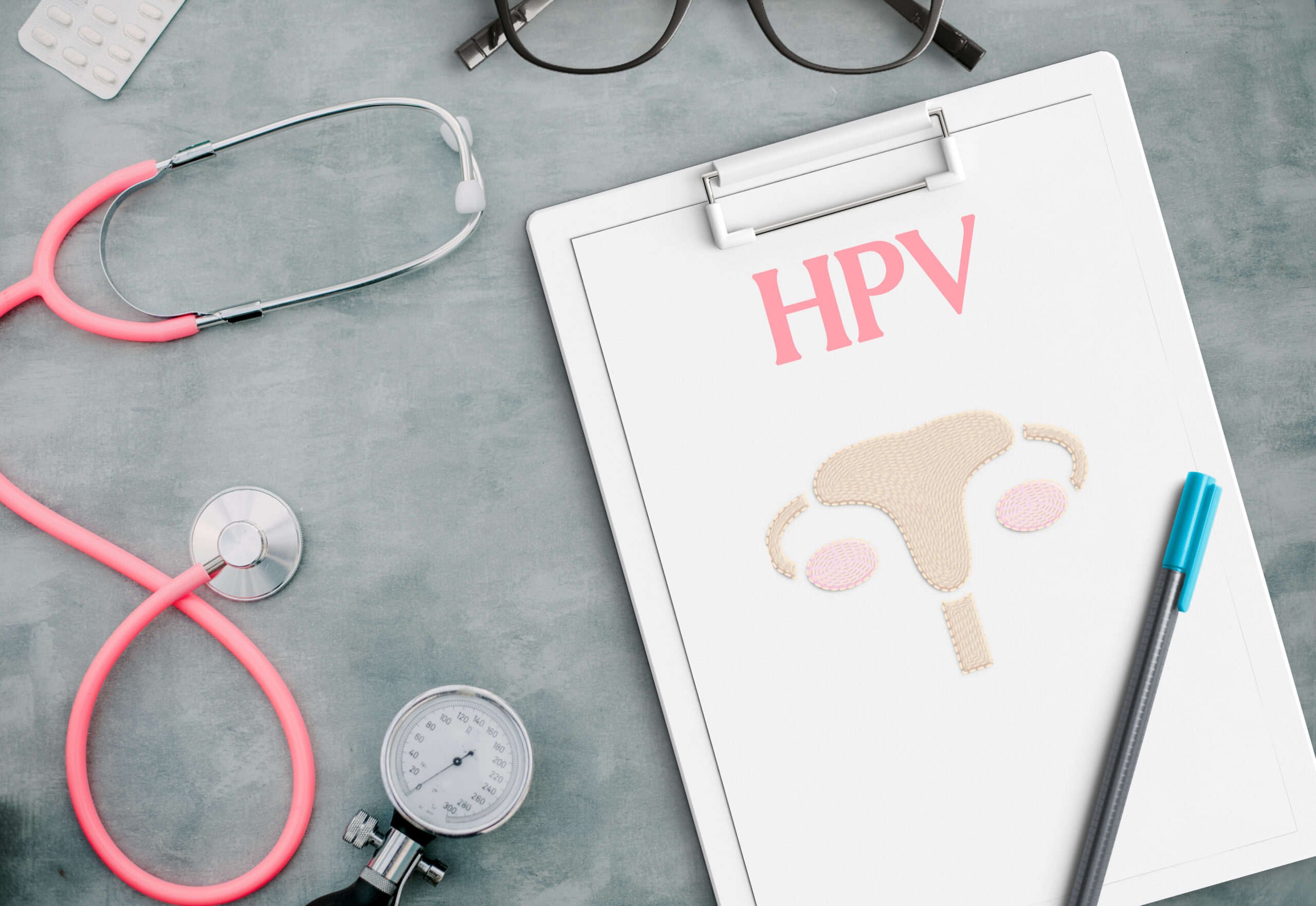Human papillomavirus (HPV) is a widespread but often misunderstood virus. Many people only hear about it in the context of the Gardasil vaccine or its potential to cause cervical cancer. However, there’s much more to know about this virus, including its prevalence, modes of transmission, and potential health impacts beyond cervical cancer.
Understanding HPV
HPV is more common than many people realize, with approximately 8 out of 10 people getting infected at some point in their lives. HPV is not just one virus but a group of over 200 related viruses.
“It is the most common sexually transmitted infection (STI). In fact, most people who are sexually active will become infected with HPV at some point in their lives,” explained Dr. Jerrine R. Morris, a Reproductive Endocrinologist and OB/GYN at Shady Grove Fertility in Baltimore.
This diversity within HPV means that while some strains cause benign conditions like warts, others can lead to more severe health issues, including various cancers.
Despite its prevalence, the stigma and lack of open conversation about HPV continue to be significant barriers to awareness and prevention. HPV is not just one virus but a group of over 200 related viruses. One significant concern with HPV is its association with different types of cancers.
“There are different types of HPV, and while most do not cause any health problems, some can cause genital warts and cancers. According to the National Institutes of Health, HPV can account for approximately 5% of cancers, including cervical, oral, throat, and anal cancers,” Dr. Morris noted.
The concern around cancer with HPV can vary due to the diverse types of the virus.
“HPV can cause symptoms of the viral infections themselves, but it can also cause cancer. Some specific types of HPV are lower risk to cause cancer, whereas others are higher risk to lead to cancer,” Dr. Jennie Stanford added.
The most well-known link is between high-risk HPV types and cervical cancer, but other cancers are also associated with these high-risk strains.
“Cervical cancer is most commonly associated with high-risk types of HPV, but other genitourinary cancers (anal, vaginal, vulvar, and penile) are possible, as well as cancers of the mouth and throat,” Dr. Stanford elaborated.
Transmission, Vaccination, and Detection
HPV is primarily transmitted through sexual contact, including vaginal, anal, and oral sex. However, it’s crucial to understand that HPV can also be present on the skin and mucous membranes, leading to asymptomatic transmission.
“The main method of transmission of HPV is through sexual contact, including vaginal, anal, and oral sex practices. However, many individuals are colonized with HPV, meaning that the virus naturally lives on their skin and mucous membranes,” said Dr. Stanford.
This asymptomatic presence means that individuals can unknowingly spread the virus even if they aren’t experiencing any symptoms. Due to the prevalence of asymptomatic transmission, the importance of vaccination cannot be overstated.
“The CDC recommends children get vaccinated at 11 or 12 years of age—before they are exposed to HPV—to protect them against cancers caused by HPV later in life,” Dr. Morris shared. “The overall time frame can start as early as 9 years old and go up to age 26 if someone wasn’t vaccinated earlier.”
The vaccine aims to protect individuals from the most common and high-risk strains of HPV, significantly reducing the risk of developing related cancers.
Interestingly, in some cases, the body’s immune system can clear the virus on its own, particularly in younger individuals.
“HPV is unique in that in some cases, the body can get rid of it through a healthy immune system, especially for younger adults,” Dr. Stanford mentioned.
However, Dr. Morris points out that while most HPV infections will resolve within 12 months, HPV can enter a latent state and become active again in individuals with compromised immune systems, older women, and those with a history of cervical cell abnormalities.
Routine screenings, such as Pap smears and cervical exams, play a critical role in early detection and management.
“Routine cervical cancer screening for abnormal cells usually begins at age 21 in women. At age 30, cervical cancer screening includes screening for abnormal cells and screening for HPV,” Dr. Morris explained.
Dr. Morris advises those diagnosed with HPV to focus on prevention and regular screening.
“I recommend primary prevention through vaccination as well as condom use. The hallmark of secondary prevention of cervical cancer is routine screening,” she said.
